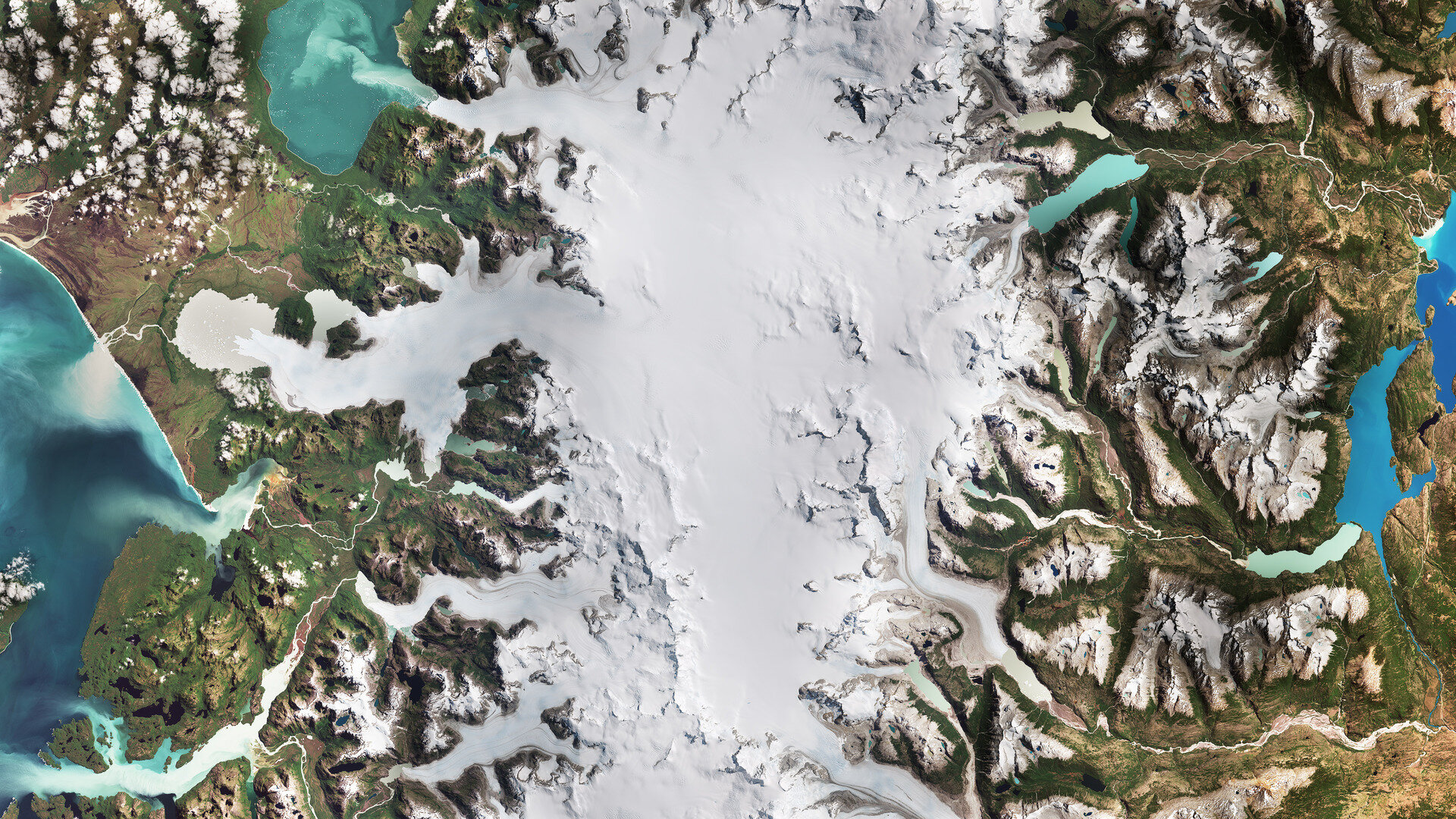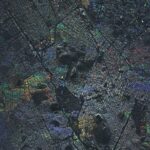Now Reading: Satellite Images Reveal Alarming Glacier Retreat in Chile Due to Climate Change
-
01
Satellite Images Reveal Alarming Glacier Retreat in Chile Due to Climate Change
Satellite Images Reveal Alarming Glacier Retreat in Chile Due to Climate Change


Recent satellite imagery highlights significant changes in the glaciers of Laguna San Rafael National Park in southern Chile, showcasing the dramatic impact of climate change over the past several decades. The park, which spans approximately 17,000 square kilometers along the Pacific coast, is home to the Northern Patagonian Ice Field, a remnant of the expansive Patagonian Ice Sheet that once blanketed the region. Although the ice field has diminished considerably, it remains the second-largest contiguous ice mass outside the polar regions.
The satellite comparison features images taken on February 9, 1987, and again on February 9, 2024, from the Landsat-5 and Copernicus Sentinel-2 missions, respectively. The shrinking glaciers, including the two largest, San Rafael and San Quintín, are prime examples of how rising global temperatures have contributed to their significant retreat.
San Rafael Glacier, located in the upper left of the images, stands out as one of the most active calving glaciers worldwide. It discharges ice into a distinctive, crescent-shaped body of water, known as Laguna San Rafael, which has formed as the glacier recedes. This lake, along with many others in the region, is sustained by meltwater from the glaciers. The satellite images reveal a striking variation in water color, ranging from dark blue to aquamarine, indicative of varying levels of fine sediment—often referred to as ‘glacier milk’—suspended in the water due to glacial movement over bedrock. The presence of icebergs floating in San Rafael Lake further exemplifies the ongoing glacial activity.
Beneath San Rafael, the San Quintín Glacier, the second largest in the ice field, also illustrates the dramatic effects of climate change. The 1987 image shows the glacier nearly terminating on solid ground, while by 2024, the retreat has created a proglacial lake in the basin once occupied by the glacier’s terminus.
Globally, glaciers are facing similar challenges as climate change accelerates the melting of ice sheets and glaciers, contributing to rising sea levels. These rising waters represent a significant concern for coastal communities and ecosystems. The use of satellite technology plays an important role in monitoring the changes in glaciers, providing vital data to inform future adaptation strategies in response to the ongoing climate crisis.
Stay Informed With the Latest & Most Important News
Previous Post
Next Post
-
 012024 in Review: Highlights from NASA in Silicon Valley
012024 in Review: Highlights from NASA in Silicon Valley -
 02Panasonic Leica Summilux DG 15mm f/1.7 ASPH review
02Panasonic Leica Summilux DG 15mm f/1.7 ASPH review -
 03How New NASA, India Earth Satellite NISAR Will See Earth
03How New NASA, India Earth Satellite NISAR Will See Earth -
 04And Thus Begins A New Year For Life On Earth
04And Thus Begins A New Year For Life On Earth -
 05Astronomy Activation Ambassadors: A New Era
05Astronomy Activation Ambassadors: A New Era -
06SpaceX launch surge helps set new global launch record in 2024
-
 07Space Force plans new ‘Futures Command’ amid pressure to speed up modernization
07Space Force plans new ‘Futures Command’ amid pressure to speed up modernization




















